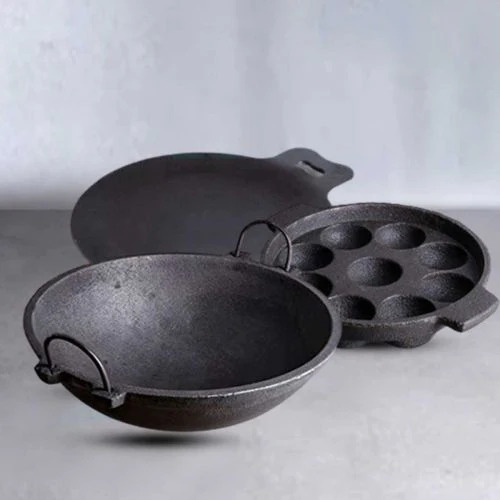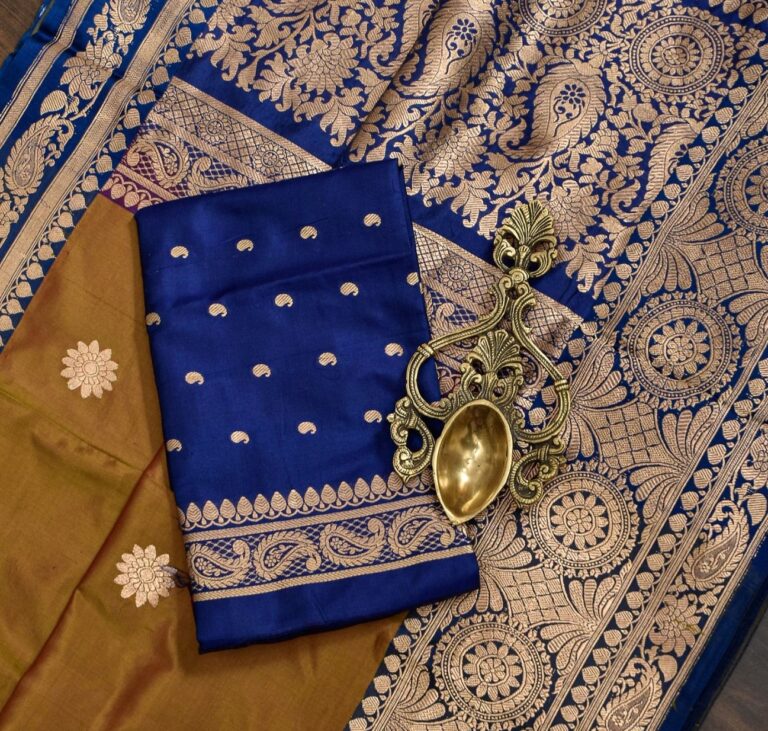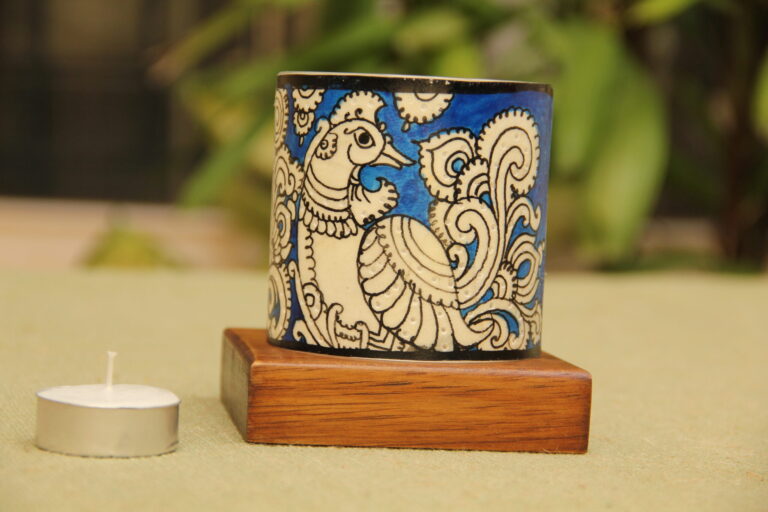Zishta was conceptualized by three co-founders, Meera Ramakrishnan, Archish Mathe Madhavan, and Varishta Sampath, in July 2016. The founders started with a vision to revive and leverage traditional wisdom and cookware to make homes more environmentally friendly and holistic.
In this conversation with Meera, she narrates their journey and emphasizes the importance of heritage cookware and crafts. She also highlights what it takes to make a business sustainable.
Stirring the Pot – How Zishta was Conceptualized
The three of us are friends and come from varying backgrounds. When I was younger, my father instilled in me the habit of noting the specific craft or specialty of each village I visited. He felt the next generation would subconsciously let it fade away. This practice inclined me towards finding the modern connection in Indian traditions.
Archish has been an advocate of sustainable living for ten years, and Varishta was fresh out of college and heavily inclined toward working in the social sector. In India, the second largest industry after agriculture is handicrafts and handmade products.
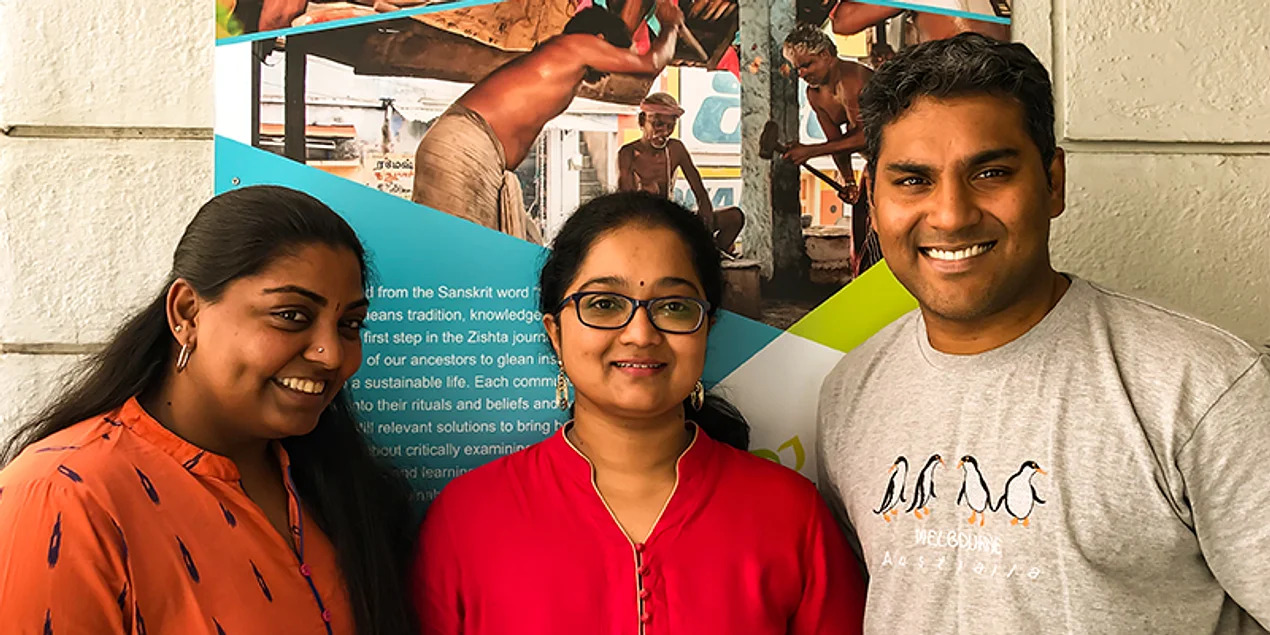
Six months before starting Zishta, Archish and Varishta took a road trip to Tamil Nadu, where they traveled through different villages and collected information on artisan clusters. They soon realized that the crafts were dwindling at an alarming rate. Sengottai, a village on the border of Tamil Nadu and Kerala, is famously known for its Iron Tawa, or the Sengottai Dosai Kallu. A decade ago, I had seen the street full of 30+ Sengottai Kallu makers. This number dropped to 1 in 2016. We wanted to change this.
Zishta is authentic to tradition and works with the same cluster of rural artisans who have been handcrafting such cookware using techniques mastered by their ancestors and passed along.
While trying to come up with a brand name, we realized that Sishta in Sanskrit means traditional roots. We decided to give a zing to it and called ourselves Zishta.
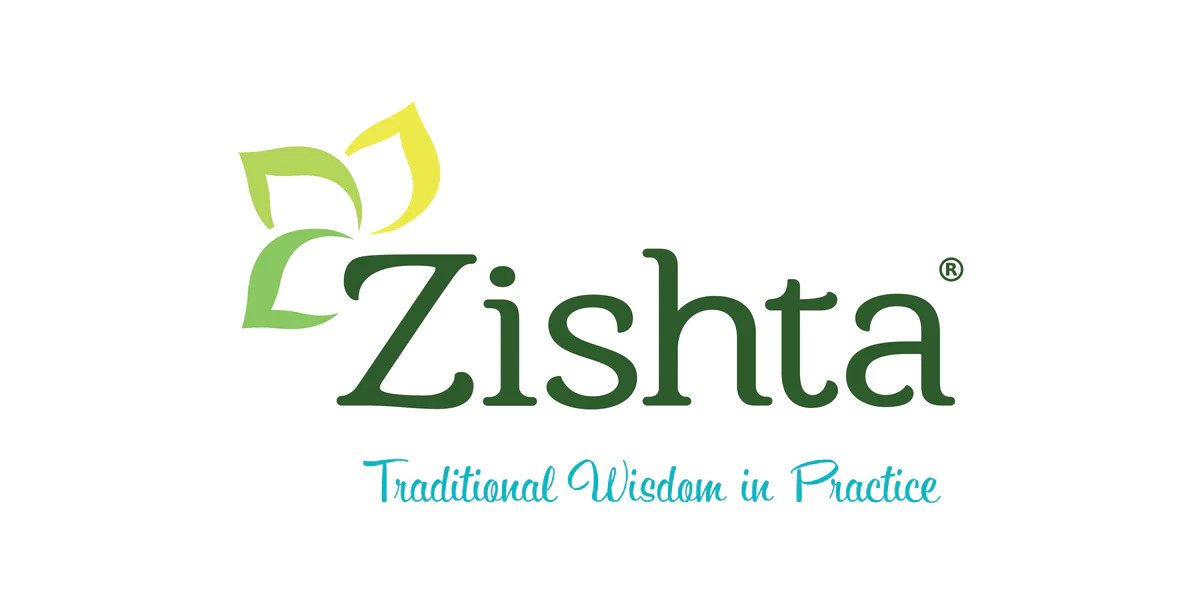
Kindling the First Flame – Designing the Launch Collection with Cookware
We started with cookware as it has a high utility value and provides a quick entry into the market. The first three products we launched originate in Tamil Nadu – the Sengottai Dosai Kallu (iron Tawa), the Kumbakonam Eeya Chombu (tin vessel), and the Kalchatti (soapstone vessel).
We participated in an exhibition in Bangalore in July 2016 and sold out on day one.

We have now expanded into other crafts as well and are working with toy makers from Andhra Pradesh, Varanasi, and Maharashtra. We are also strengthening the home decor category with Kuthu Vilakkus (lamp), Nakashi Paintings, and more.
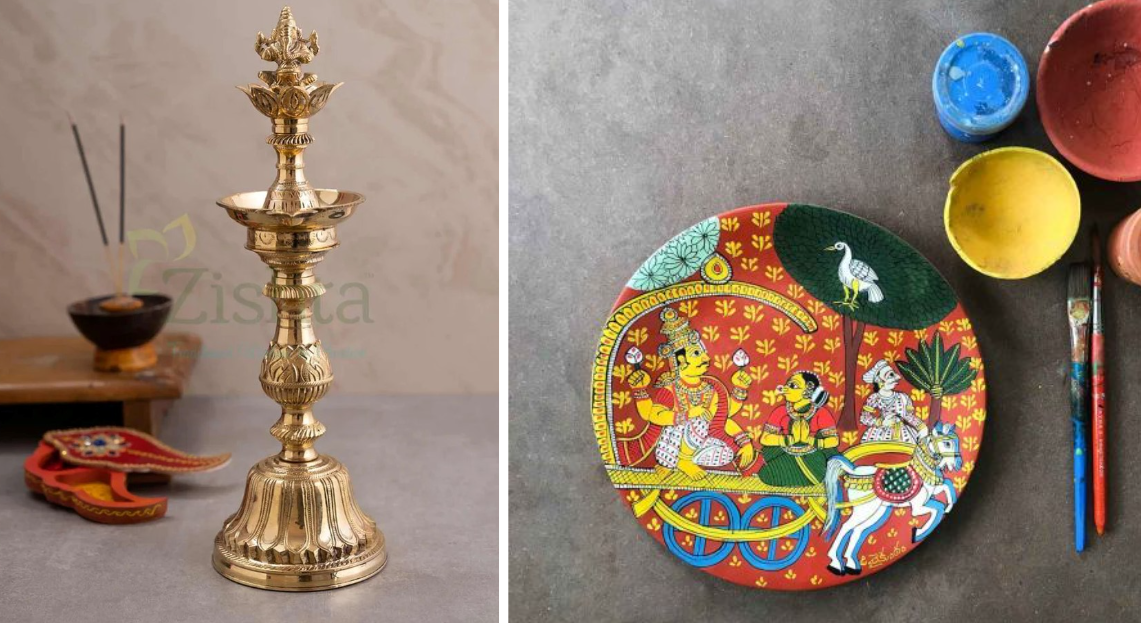
Taking in the Flavour of the Land – Curating Collections Across India
Today we work in 14 states and have over 600 products in our portfolio.
We harness the specialty of the location, be it the cane products of Assam, the clay of Pondicherry, or the colorful cutlery of Gujarat. In Kerala, we predominantly work on bronze cookware – the Urulis and Kadais. In Orissa, we work on the Kansa, also made with bronze but with higher tin content making it unfit for cooking, but excellent for serving.
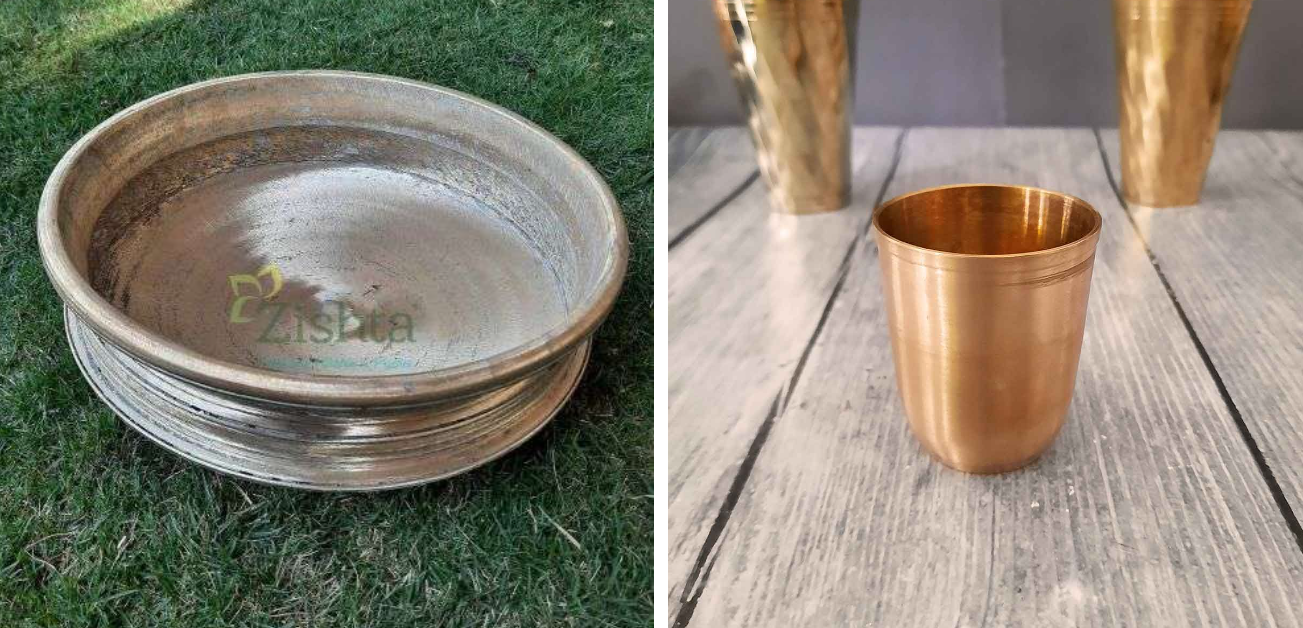
In Andhra Pradesh and Telangana, we focus more on home decor and bring forth the Warangal Kalamkari and the Chirayil paintings and masks. In West Bengal, we make Madur mats with river grass, and the artists of Maharashtra specialize in copper and brass utensils. Manipur is renowned for long-pi pottery, which is made without a potter’s wheel. Colloquially known as black pottery, the utensils are made by the crushing of two stones. It’s rich in iron and is known for slow cooking heavy meat and killing harmful germs.

All the products are made in their respective places of origin, as it is a community handicraft.
Furthermore, the artisans source the raw materials themselves as it is primarily locally obtained and specific to the craft. For example, to make the Kalchatti, they need to use a hammer made from tamarind wood to prevent it from breaking.
Too Many Cooks, A Perfect Broth – Our Diverse Consumer Demographic
Initially, when we started, we only had the nostalgic customer segment that already knew about the cookware. They were die-hard fans and had seen such items in their childhood.
During Covid, our target audience expanded as people began cooking at home on their own. Due to rising health consciousness, people turned away from plastic, aluminum, and Teflon-coated nonstick cookware to organically sourced materials.
All Zishta products undergo Restriction of Hazardous Substances (RoHS) testing, where the product is checked for 5 harmful metals and minerals.
We also found a market in those who are into sustainability. While the concept of sustainable living has now become a fad, it has always been intrinsic to Indian culture. Cookware is passed down generationally, and even if discarded, the metal is melted and reused, thus not contributing to waste.
We also have a segment of consumers who support us because they are passionate about the revival of artisans and their arts and crafts.
Following the Burning Trend – Educating the Consumers Against Hoarding
With the rising trend of sustainable living, people end up hoarding products in order to convert. In the process, the core principle of minimalism is lost. However, our organization stands for conscious responsibility. Ultimately, even if our product is sustainable, there are only finite casting sources – we’re all mining from the Earth.
Thus we take the time to educate our consumers and share information through our Whatsapp groups. We are growing our social media presence and increasing engagement through Instagram, Facebook, and YouTube. We take our followers behind the scenes to watch the artisans at work. We also organize informational sessions and arrange talks on our products, their origin, and benefits.
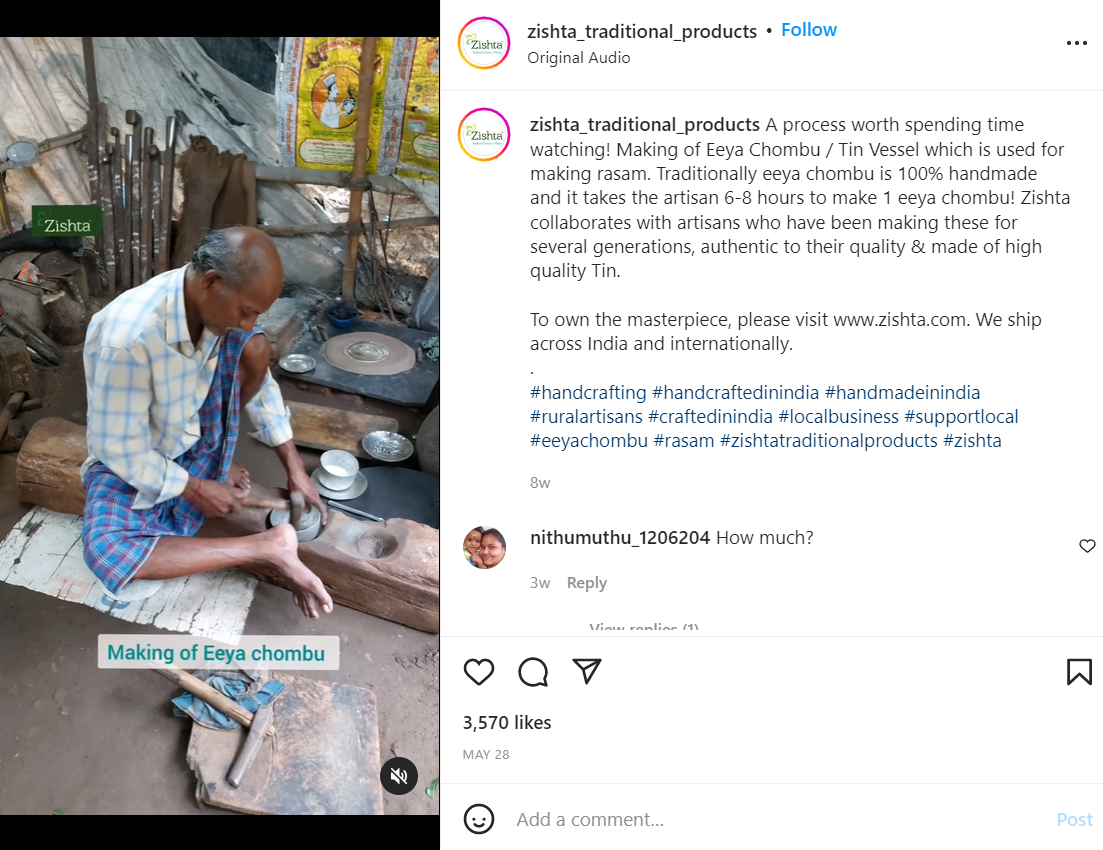
Well Begun is Half Done – Challenges and the Road Ahead
We faced a significant challenge with logistics, as the ease of delivery present today was not there six years ago, especially in rural areas. During the initial days, we used to drive down to the location, load our car with the items, and come back and ship them. Slowly, the logistic companies started spreading themselves into smaller towns, which helped us. As the packaging industry matured, we slowly got access to buses and couriers.
Another challenge is overcoming the reluctance to expand from the artisan’s end. We worked to help them see the growing market opportunity and the recognition their skills were receiving. The potential they saw helped them open up to expansion. The current generation of artisans also constitutes well-educated people, such as engineers or management graduates, who help us ideate new products and market gaps.
We currently serve 22 countries from India from our online portal and have a large consumer base worldwide. We have two physical storefronts in Bangalore and Chennai. We plan to expand into a few more cities in India and establish an international presence.
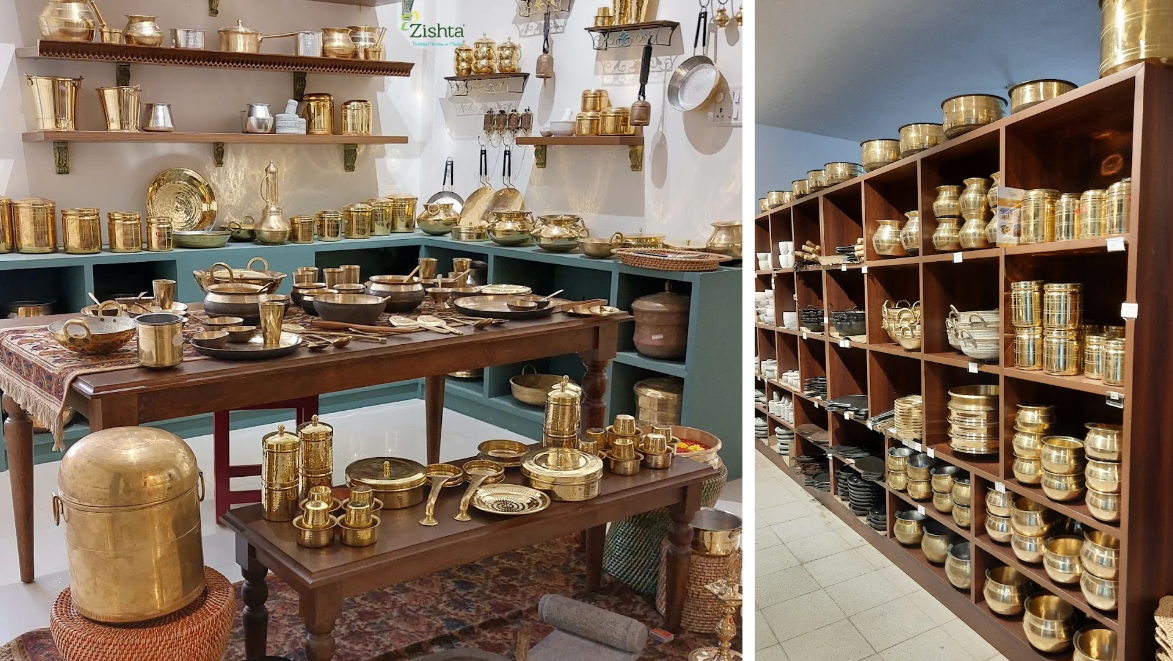
At Zishta, we do more than just procuring the product. We travel to the place of origin and spend days talking to the communities in and around the village to understand how they use it and its scientific benefit. We then help people understand the source and the value of the item.
We wanted to do more than bring dying crafts back. We want to build a market presence to show the artisans the potential of returning to this industry.
NICEorg wishes Zishta best of luck in their journey ahead!
If your cultural enterprise is in any of our five focus sectors and you would be interested in being featured, write to us at namaste@niceorg.in
